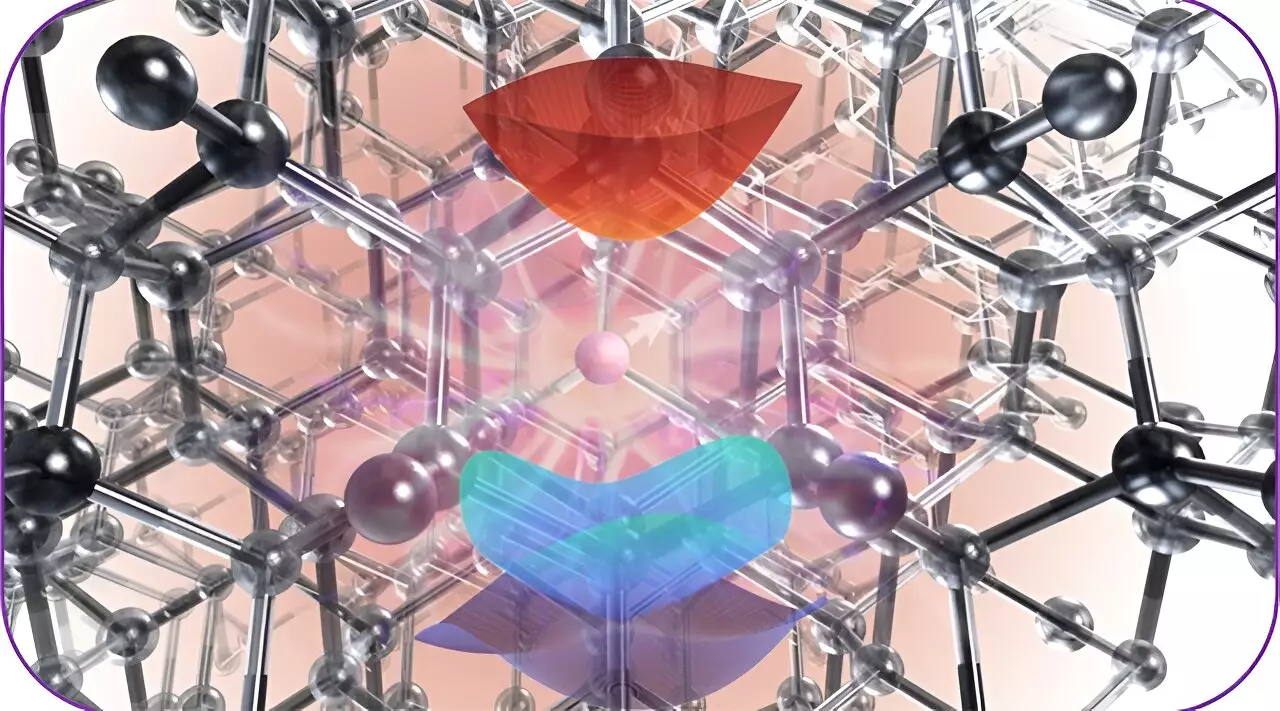Scientists at the University of Chicago’s Pritzker School of Molecular Engineering (PME) and Argonne National Laboratory have collaborated to create a new computational tool to analyze the behavior of atoms within quantum materials when exposed to light. This groundbreaking tool, known as WEST-TDDFT (Without Empty States—Time-Dependent Density Functional Theory), has great potential for advancing the understanding and engineering of new materials for quantum technologies. Lead by Professor Marco Govoni, the team has produced a significant contribution to the field of quantum materials research.
The key purpose of this new computational tool is to broaden the ability for scientists to study quantum materials used in quantum technologies. By investigating the behavior of atoms within these materials when they absorb and emit light, researchers gain crucial insights into their functionality and potential applications. This tool, which forms part of the open-source software package WEST, developed within the Midwest Integrated Center for Computational Materials (MICCoM), allows scientists to explore systems and properties that were previously inaccessible on a large scale.
Quantum technologies rely on the fundamental units of information called qubits. Unlike classical computing bits that only encode data using 0s and 1s, qubits have the unique ability to exist in superposition states, representing both 0 and 1 simultaneously. Small defects within materials, referred to as “point defects,” can function as qubits and be used for a variety of applications, such as sensors and data storage units. The sensitivity of these qubits to their surroundings, particularly the electric, optical, and magnetic properties, makes it essential to understand the interaction between point defects and photons of light to manipulate them effectively.
The absorption and emission of light play a critical role in comprehending how these materials function for quantum applications. The ability to examine how quantum materials interact with light through interrogation enables researchers to optimize their design and improve their effectiveness. Previously, scientists could predict light absorption and emission by point defects but struggled to explain the intricate atomic processes that occur within the material’s excited state, particularly in complex systems.
Solving the quantum mechanical equations necessary for determining the atomic properties of materials is an exceptionally complex task that requires substantial computational power. The innovative work conducted by Galli’s team has introduced a more efficient method of solving these equations while maintaining high levels of accuracy. By successfully encoding these equations into the WEST-TDDFT tool, the team has significantly enhanced the speed and efficiency in solving them. This breakthrough has facilitated the analysis of larger systems, which were previously impractical due to the extensive computing time and power required.
The efficiency of the new method developed by the team has made it applicable to realistic systems, allowing for the study of larger systems that closely resemble experimental systems used in laboratories. These systems include diamond, 4H silicon carbide, and magnesium oxide, where the WEST-TDDFT tool accurately calculated their properties, even with hundreds or thousands of atoms. The MICCoM team, consisting of Dr. Victor Yu, Yu Jin, and Prof. Marco Govoni, will continue to apply and refine the algorithms available in the WEST package to study various classes of materials for quantum technologies and other low-power and energy-related applications.
The development of the WEST-TDDFT computational tool has revolutionized the study of quantum materials for quantum technologies. By enabling scientists to investigate the behavior of atoms within these materials when interacting with light, this tool provides critical insights that contribute to the understanding and engineering of quantum materials. With ongoing advancements in computational tools and algorithms, the field of quantum materials research is poised for further growth and breakthroughs, paving the way for the future of quantum technologies.



Leave a Reply